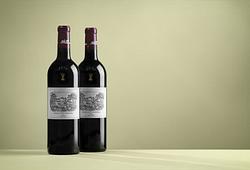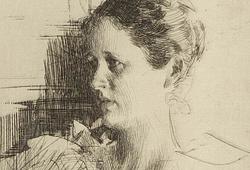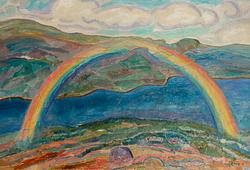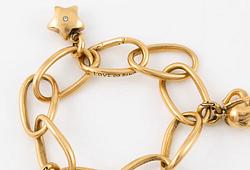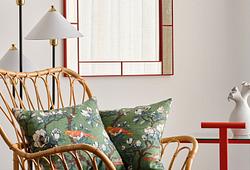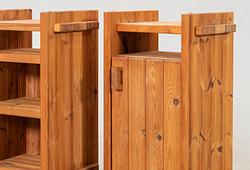Helene Schjerfbeck
Helene Schjerfbeck, "The letter".
Sign.1894. Oil on canvas 82x78 cm
Wear due to age and use.
Please note: To submit a bid exceeding 300 000 EUR (3 million SEK), we may require a special approval based on bank reference. Please send an email to validation@bukowskis.com in order to be approved for bidding on this level.
Provenance
The brother of the artist architect Magnus Schjerfbeck; Director N.M. Friberg, Stockholm; Present owner.
Exhibitions
Exhibition of Turku Art Society, Turku City Hall 1894, The painting is called "Orlofssedel" / "Päästökirja".
"Helena Schjerfbeck 1879-1917", Stenman Art Salon, Helsinki 1917, no 32. The painting is called "Budet" / "Sanantuoja".
"Helene Schjerfbeck 150 years", Ateneum Art Museum, Helsinki, 1.6.-14.10.2012, no 206. Illustrated in the exhibition book on p.147.
Literature
Hanna ja Eilif Appelberg, "Helene Schjerfbeck-en biografisk konturteckning", Helsinki 1949, p.109, illustrated full page p.18.
Hanna ja Eilif Appelberg, "Helene Schjerfbeck-elämänkuvan ääriviivoja", translation to Finnish by Sole Uexküll, Helsinki 1949, described on p.77, illustrated full page p.16.
H. Ahtela, "Helena Schjerfbeck-kamppailu kauneudesta", Helsinki 1951, described on p.47, illustrated full page between pages 96 and 97.
H. Ahtela, "Helena Schjerfbeck", Helsinki 1953, described on p.60, illustrated full page between page 64 and 65, no 248 in the list of works.
More information
Helene Schjerfbeck (1862-1946), ”the Letter”, 1893.
Many may wonder why I consider 1893 to be a more appropriate date for the painting "The Letter", even though it is clearly signed 1894. In this case, I agree with the information found in Einar Reuter's (H. Ahtela) writings and list, as 1893 is clearly a more likely year for the painting's creation. In 1894, Schjerfbeck was on leave from her position as a substitute teacher at the drawing school for the spring semester. She probably travelled first to Vienna to paint two works and then went on to Florence at the end of March. One can also discern compositional similarities in "The Letter" with Ilya Repin's "The Unexpected Return" (1884), which Schjerfbeck may well have seen in real life or in pictures when she copied works for the Art Association's collections at the Hermitage in St Petersburg in 1892. It is possible that the winding signature on the "Letter" was made by her brother Magnus Schjerfbeck, who submitted the painting to the Turku Art Society's exhibition in March 1894.
The fact that "The Letter" came into the possession of the architect Magnus Schjerfbeck is probably because the elderly woman reading the letter in the painting represents Helene’s and Magnus's mother, Olga Schjerfbeck. At the exhibition in Turku, the painting was titled "Orlofssedel", while at the exhibition at Stenman's Art Salon in 1917, the painting was named "The Messenger". Later, in Schjerfbeck's first biographies, the name was changed to "The Letter".
In the early 1890s, Schjerfbeck painted genre paintings and interiors with people in an attempt to broaden the varieties in her motifs, and thus better meet the expectations of the public. The largest of these interior paintings is "The Letter". The reviewer of the Åbo Underrättelser-newspaper dated 13.4.1894 considered the painting's greatest merit to be the personal expression of the characters' faces, but he partly missed a more precise reproduction of details.
For today's viewer, the most interesting aspect of the work is its colour scheme in relation to Schjerfbeck's other works in the naturalistic style. The red tablecloth in the foreground dominates and defines the space. With the help of the coffee service and the sheer crocheted antimacassar on the armchair, Schjerfbeck manages to create a homely atmosphere in a confined space. The details are mainly depicted in a deliberately diffuse manner, except for the antimacassar, where the clarity appears as if focused on a camera lens. The letter-reading, black-clad Olga Schjerfbeck is the painting's clear centerpiece, while the little peasant girl in the doorway gives the painting's motif its narrative element. The interior's pale, beautiful general lighting recalls the Nordic winter light.
Leena Ahtola-Moorhouse





